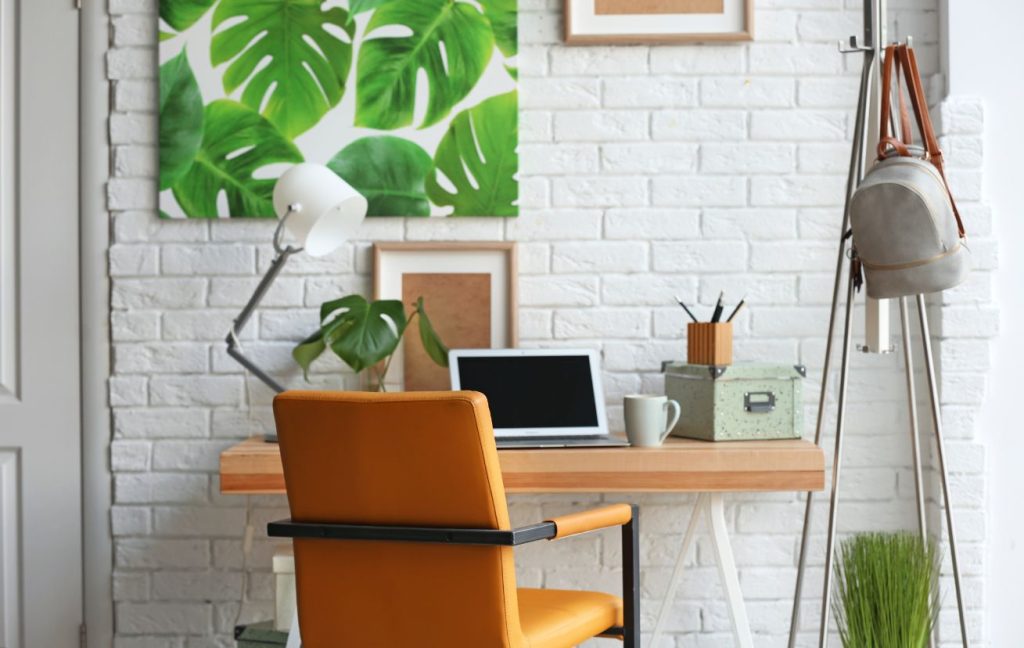In the second paragraph of Creativity, Inc. by Ed Catmul, Ed describes the offices of Pixar like this:
It has well thought-out patterns of entry and egress that encourage people to mingle, meet, and communicate. Outside, there is a soccer field, a volleyball court, a swimming pool, and a six-hundred seat amphitheater. Sometimes visitors misunderstand the place, thinking it’s fancy for fancy’s sake. What they miss is that the unifying idea for this building isn’t luxury but community. Steve (Jobs) wanted the building to support our work by enhancing our ability to collaborate.
In a whole book dedicated to explaining how to create creativity, why would the design of the office come up in the second paragraph? Is it that important? Is it even important now given a post-COVID world where the research did show most of us can be just as productive if not more not at an office?
There is varying research on what type of office space, if any at all, helps produce various business outcomes. But Catmul’s emphasis on design points to something. Where and how you work should take into consideration your purpose. Considering what you want to accomplish in a space is the first consideration in design, and in Steve Jobs case, the design of Pixar was specific to the purpose of enhancing collaboration because this leads to creative output.
So as you consider the debates on how to design an office, or simply allow people the ability to work from wherever they want, consider your purpose. What are you trying to foster? Odds are, one single office design can’t foster every purpose that creates meaningful outcomes.
In the next few posts, we will focus on some things to consider as you design thoughtful places to work. Stay tuned!



